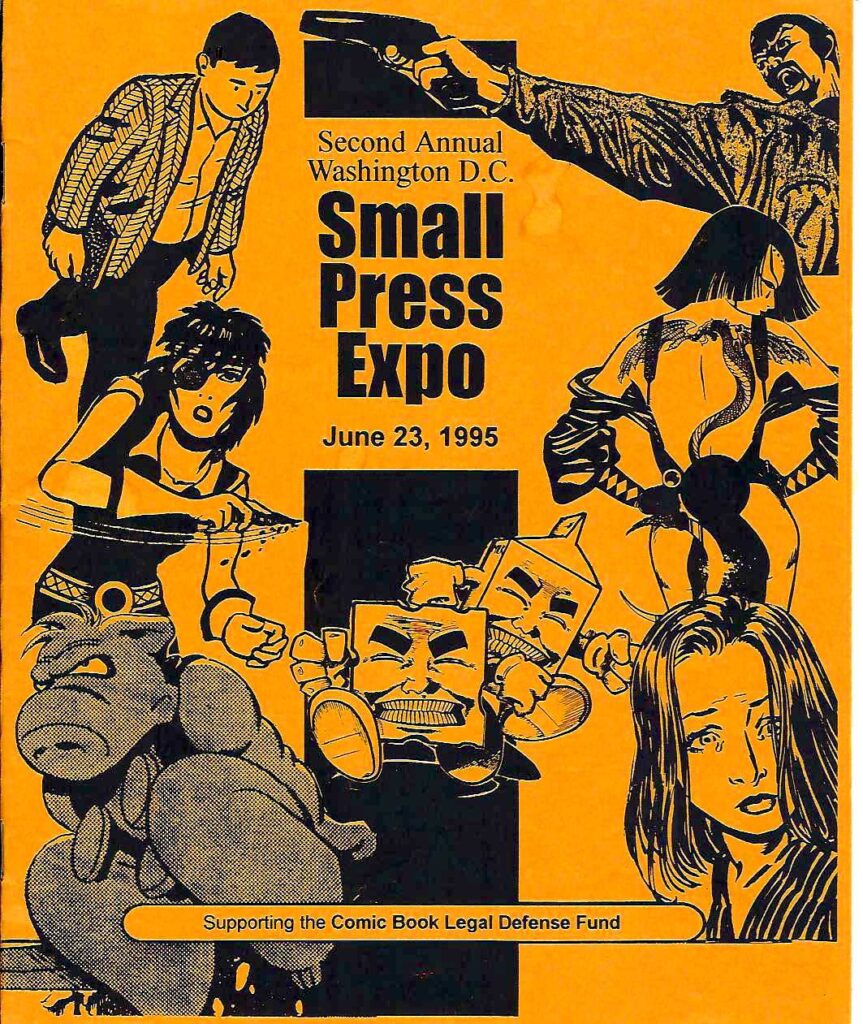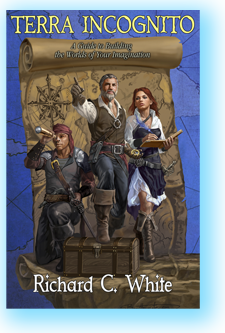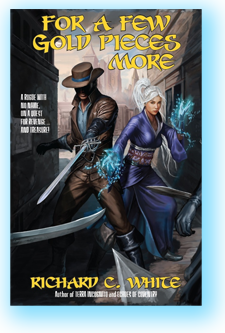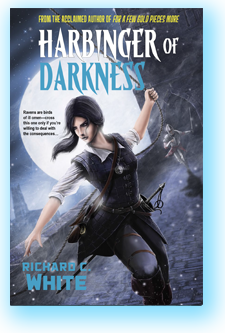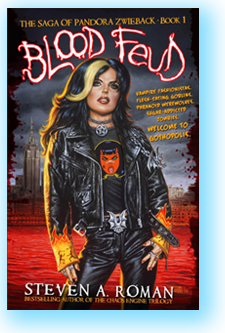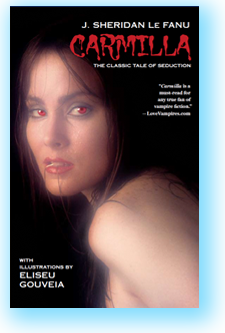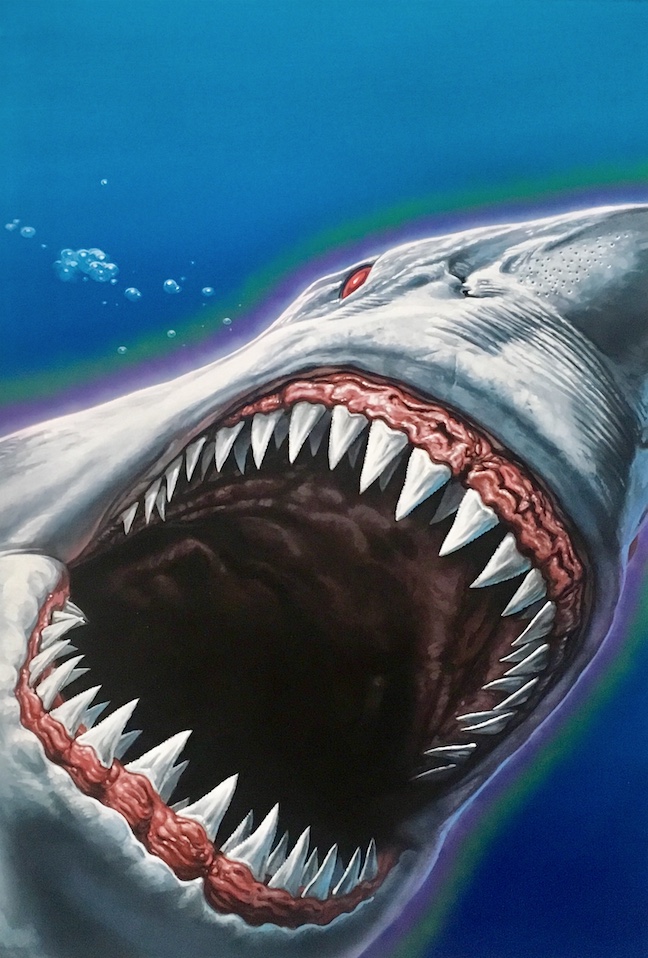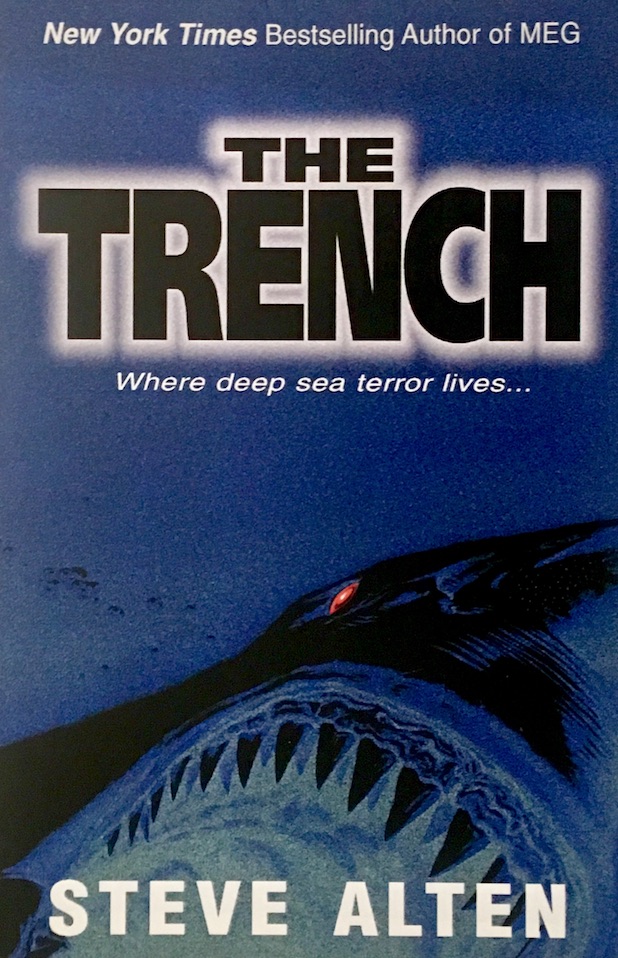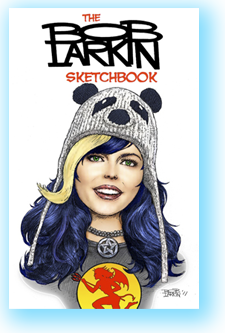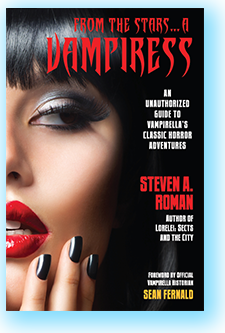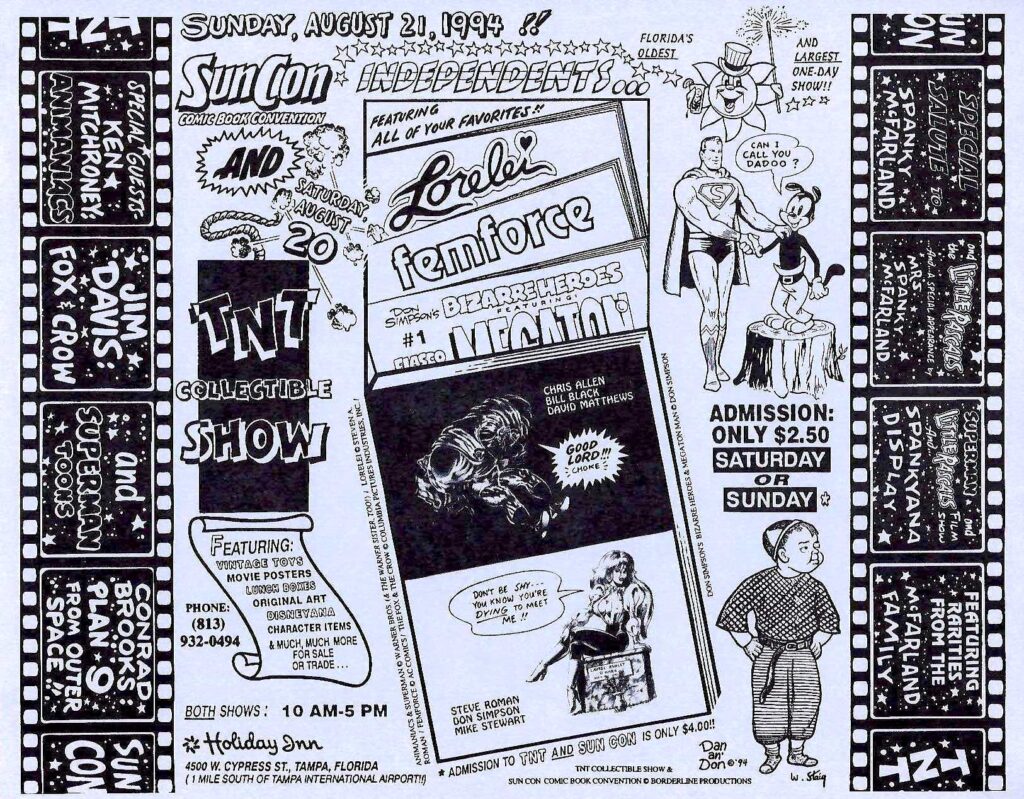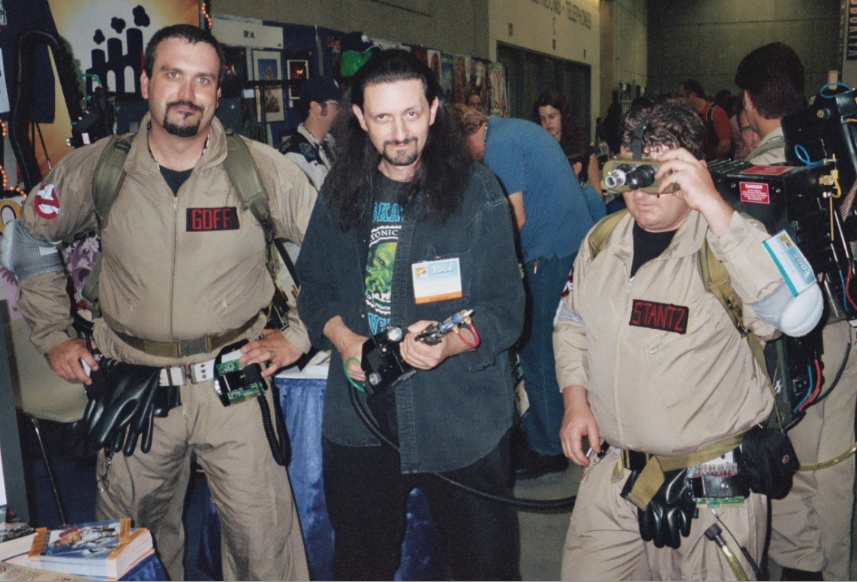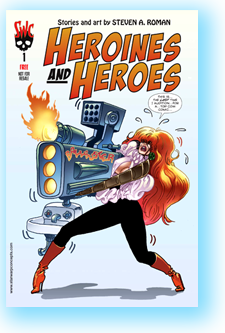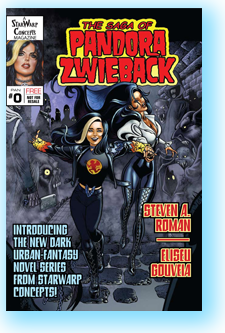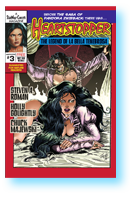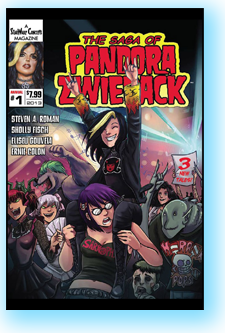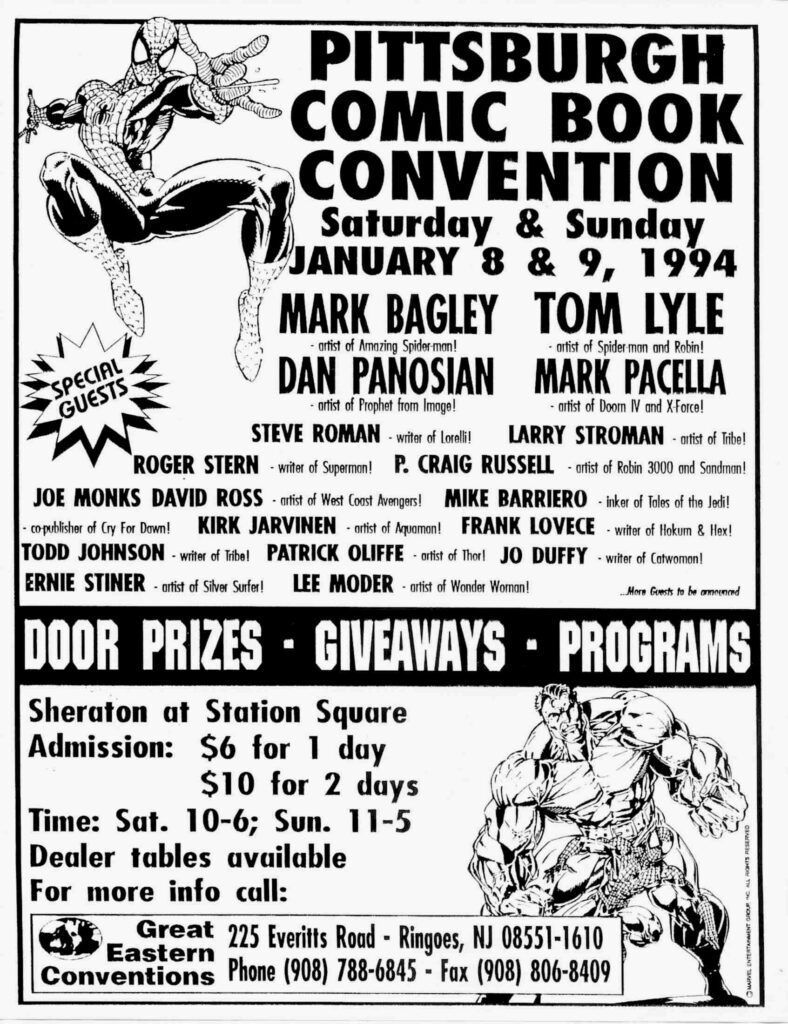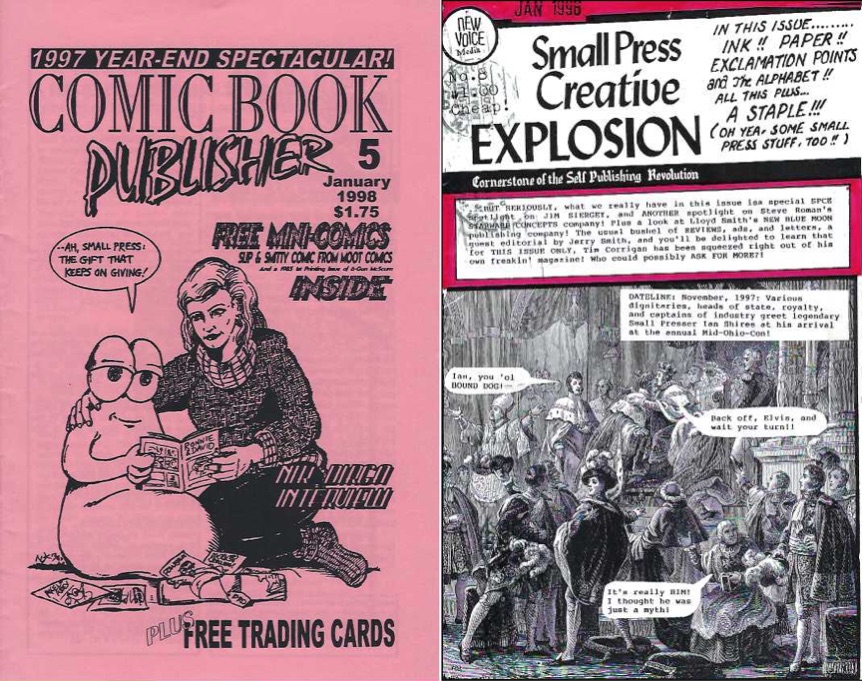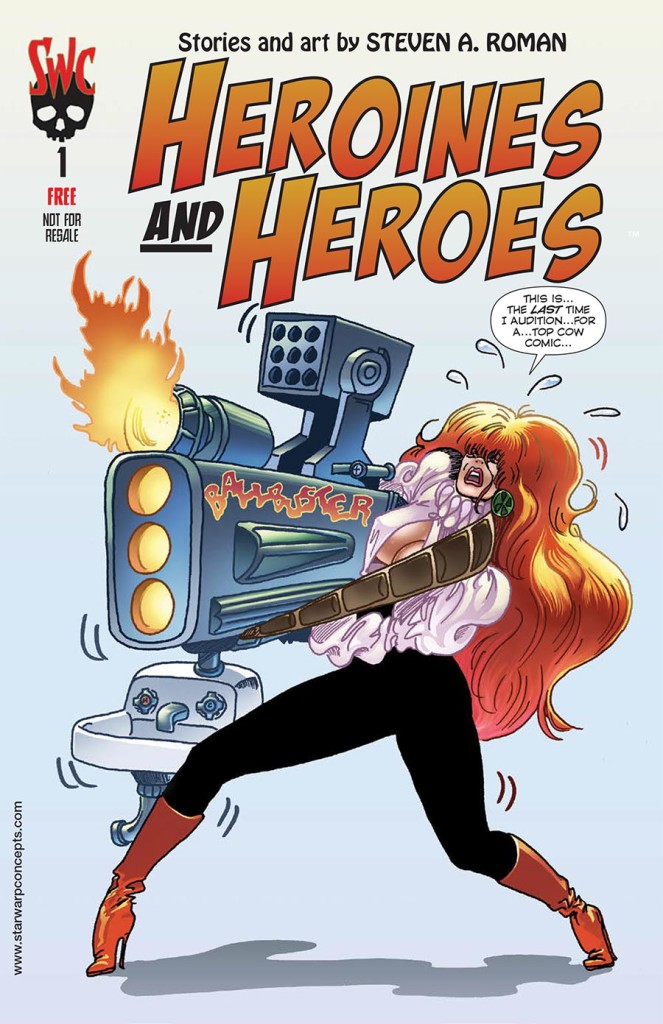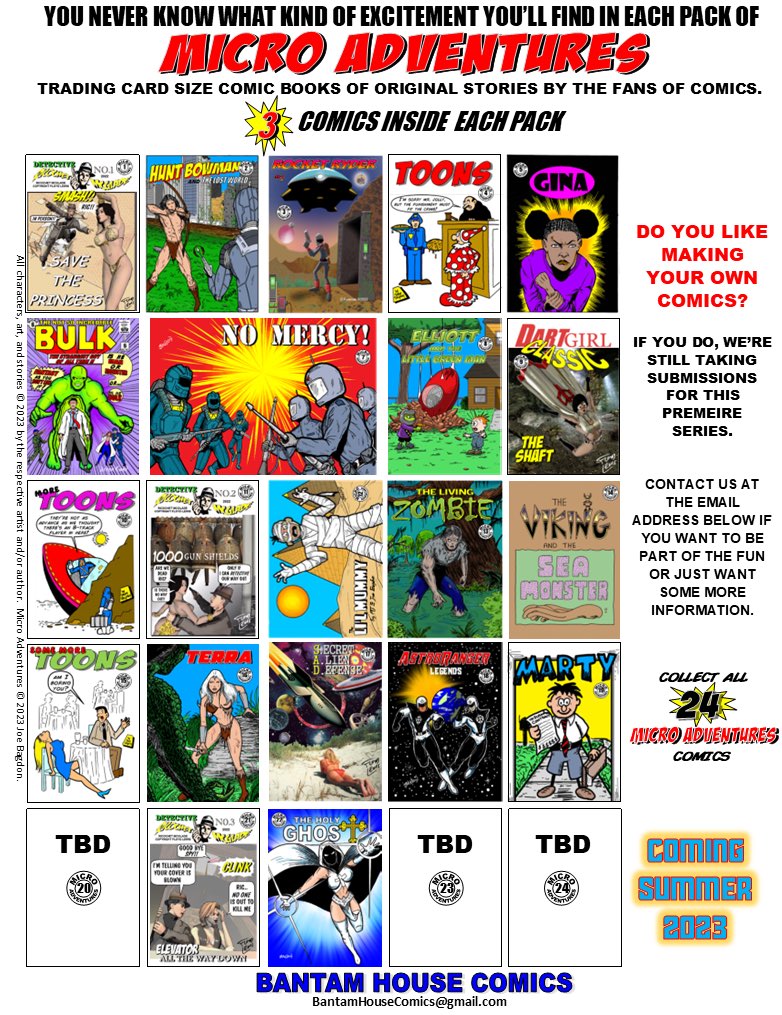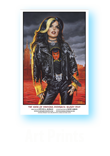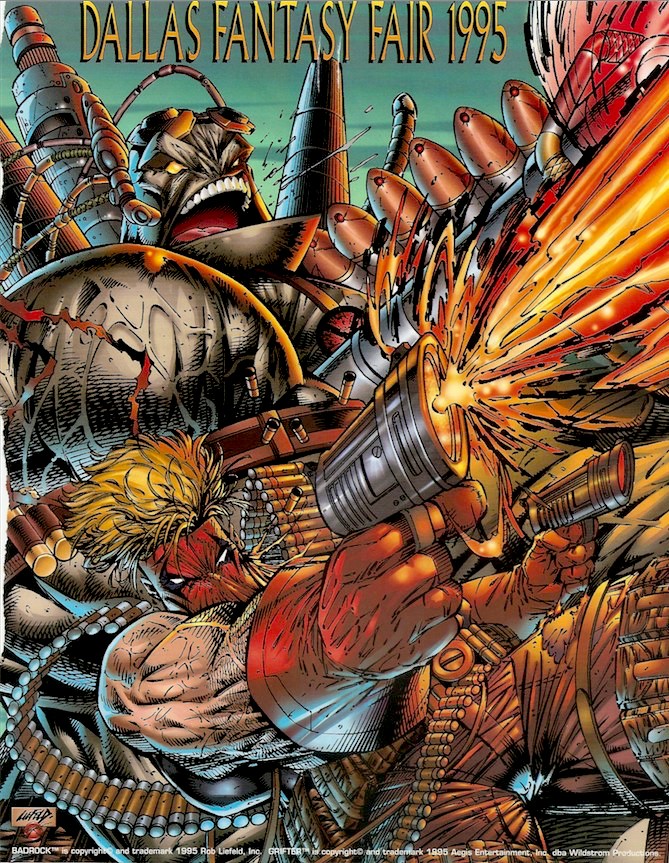
My first and only trip to Texas occurred in 1995. In August. Thank God for air-conditioning.
The Dallas Fantasy Fair had debuted in 1982, launched by promotional company Bulldog Productions, and over the years it became known as one of those “must attend” conventions as its attendance numbers and guest lists continued to grow. So, hoping to move some Lorelei and Heartstopper back issues, I hopped a flight down to DFW (Dallas-Forth Worth) Airport and set up shop next to buddy Richard C. White’s Nightwolf Graphics table, where he and his wife, Joni, were promoting their Troubleshooters, Incorporated miniseries, which I had edited and lettered.
(By the way, you can find those issues of the supernatural-superhero team-for-hire collected in the trade paperback Troubleshooters, Incorporated: Night Stalkings, available from the SWC webstore.)
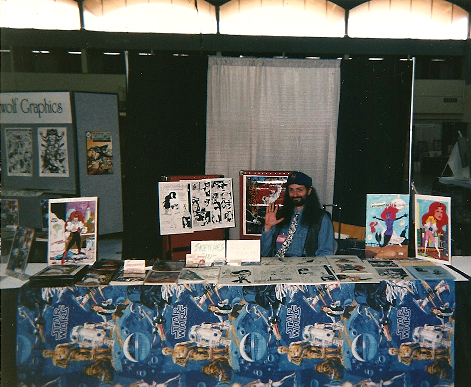
Yes, that’s a Star Wars bedsheet I used for a table covering. That thing, which I picked up at a flea market on the cheap, accompaned me to every con appearance I made back in those days. And yes, I did get quite a few offers from con attendees to buy it, but I liked it too much to part with it; in fact, it’s still in the back of a closet at home, although it was retired from service long ago.
Comic sales were pretty soft (well, they were back issues I was selling, after all, nothing new), so I spent most of the weekend being a sketch artist, drawing superheroines and selling copies of my hand-colored pinups and a three-page Wonder Woman/Harley Quinn story I’d done for DC Comics. (You can read that three-pager, and the story behind it, by downloading the free digital comic Heroines and Heroes.)
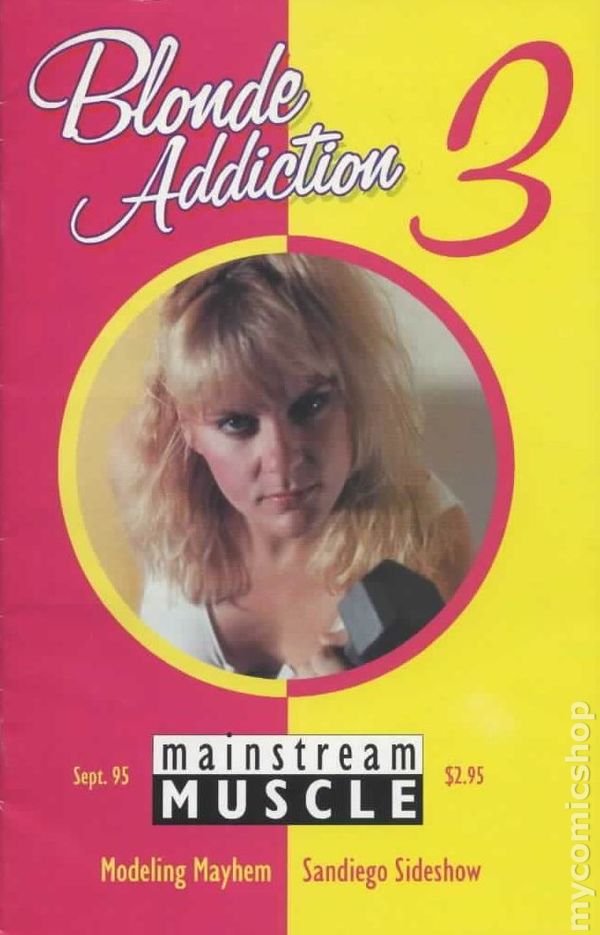
I also hung out a bit with Cindy Johns, the cocreator of and spokesmodel for the Blonde Avenger adult superheroine comic published by BlitzWeasel Studios. I’d met Cindy back in New York earlier that year, and ended up writing and drawing “I Was a Super-Powered Vampire Slayer!,” a four-page BA adventure for the third issue of the spin-off title, Blonde Addiction (which you can also read by downloading Heroines and Heroes).
It’s a jokey story based on a comment Cindy had made in New York, about how she couldn’t keep track of all the spokesmodels who were popping up at every con. “Booth babes,” as they were known in the industry, were a major part of comics promotion, at the time: no independent publisher with a sexy superheroine or femme fatale character—and the funding—passed up the opportunity to hire a model and have her pose in costume for the fans.
Well, except for me, that is. Lack of funding aside, I always thought having them was more a distraction than an advantage—more often than not, male con attendees would remember the “hot chick” at the booth, maybe even take her picture, but later have no recollection of what it was she’d been promoting. And, at times, the models themselves (excluding Cindy, of course) knew little to nothing about the characters they were playing; to them, it was just another paying gig.
Overall, though, DFF was a fun show—but as it turned out, it was also the last year the Dallas Fantasy Fair was ever held, as the planned July 1996 show “was cancelled on short notice due to money management issues” (according to its Wikipedia entry). Maybe it was from paying for all that air-conditioning…
Stay tuned for further Convention Memories!

